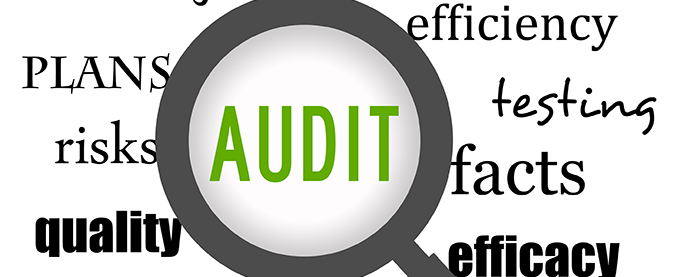Firstly to understand that many of the fundamental beliefs which are held by auditees are entrenched in our core human values and the basic need that we feel to either be in or to be able to deliver control!
In fact this story goes back to how even we attempt to cope as children with the world around us. We have an inbuilt desire to control both ourselves and the situations we find ourselves in, without this even we feel uncomfortable.
We are also biased in a significant way by a variety of cultural behaviours and believes. Our cultural beliefs are driven by the influences we take from our society as well as national cultures, some are personal, some professional but many may be related to complex interactions which we acquire from our forebears. For example the Western culture places much focus on the individual and freedom of choice. Conversely other cultures “Eastern” for example are willing to place far more trust in persons whom we see in some way as a “superior” person and therefore has the potential to act as a break on our behaviour as auditors.
It is typical that audits can cross cultural barriers and create stresses which need to be understood if the audit is going to deliver in the best way.
Whether we have considered or not the role of auditing is in fact also based on a fundamental need to demonstrate control. In fact the reason the auditor is there is to measure compliance with the regulatory and organisational process and procedure driven environment, the perception however is that the auditee feels that in some way the audit is a challenge in respect of how they are “managing” the business.
This feeling borders on a conditions that may be considered in the context of an “Inferiority complex” and the typical behaviours which are associated with this.
Essentially whenever an auditee feels that their ability to control their world is threatened (as for example by you “The auditor” all the fundamental psychological defences move to automatic response to protect the “auditee” from the perceived threat.
It is entirely possible that perception held by the auditee is that the auditor is digging to find problems, which is a misconstrued or misunderstood notion concerning the fundamental objective of the audit. The gap occurs typically because of the miss match that the auditee is there to ensure production and the auditor is there to ensure protection.
So what is the message ?
To share via communication and example that the auditor has a genuine desire to identify risk and exposure and is in no way a threat to the auditee.
To deliver a company ethos which identifies if something is wrong it is typically because of organisational rather than individual reasons and to develop appropriate solutions for the business rather than attempting to apportion blame.
Sofema Aviation Services offers a range of EASA compliant vocational and regulatory training. For any comments or questions please email office@sassofia.com
For further information please visit our website




